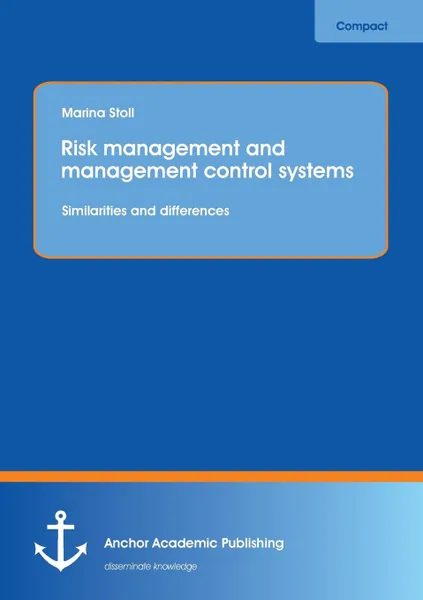Risk management and management control systems 12+
Автор: Marina Stoll
32 страницы
Категория: Менеджмент и управление
ISBN: 9783960670315
Язык: Английский
📒 The purpose of every for-profit organization is to earn profit, to secure its existence and to meet stakeholders' expectations, but every company is also confronted with certain risks. Some are easy to handle, others are existence-threatening. The accumulation of global economic crises, frauds, and financial scandals, but also terrorist attacks and failures in large computer systems, shows that businesses face greater challenges than before and verifies the importance of risk management. Hence, companies have to implement risk management systems and processes to identify, assess and treat risks. Many of these risks and problems are externally given, but some also result from the misconduct of a company's managers and employees. This leads to the need of systems that help to control employees and managers and ensure that they behave in the firm's sense. These systems are called management control systems. But what is more effective and efficient in supporting the company to reach its goals, risk management or management control systems? There is a research gap concerning this question. Thus, the resulting questions are as follows: What exactly is risk management? What exactly is a management control system? What are the similarities and differences? Is it possible to combine both to reach a kind of perfect control system for businesses? This book is intended to answer these questions.
Мнения
